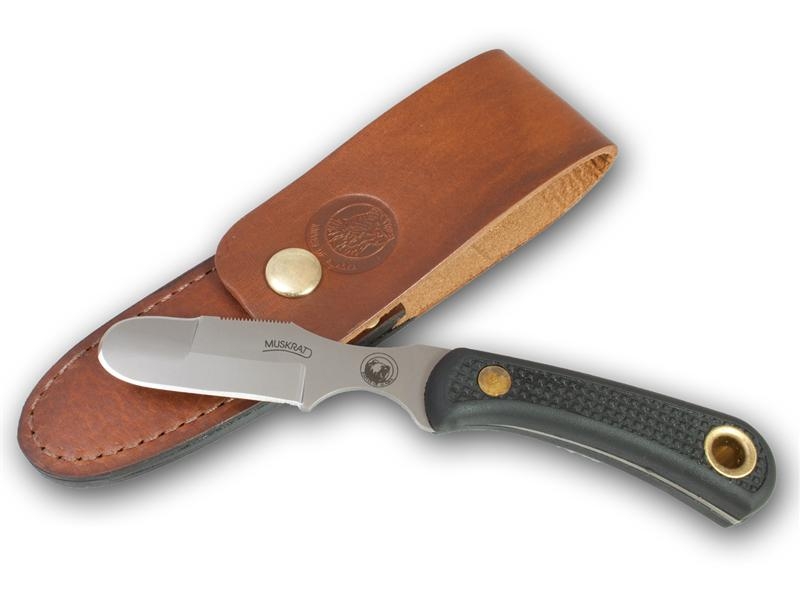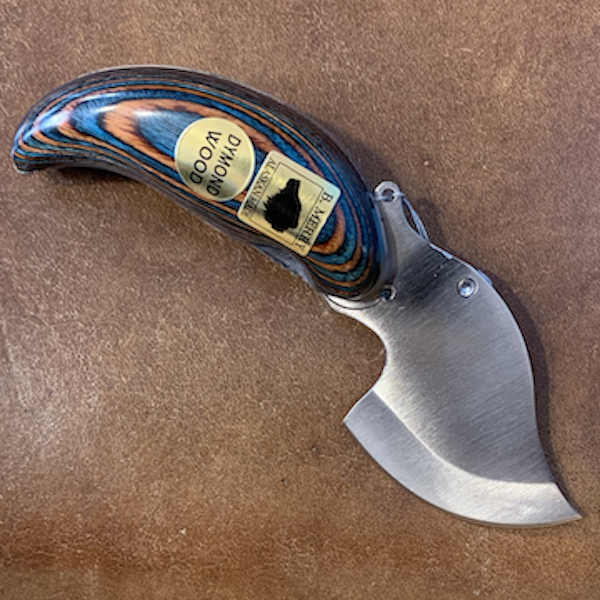What Does Alaskan Ulu Knives Mean?
Wiki Article
Alaskan Ulu Knives Fundamentals Explained
Table of ContentsUnknown Facts About Alaskan Ulu KnivesThe smart Trick of Alaskan Ulu Knives That Nobody is DiscussingThe Main Principles Of Bmerry Studio Ulu Knives The Best Strategy To Use For Bmerry Studio
I will assume that the width as well as angles will certainly be playing to the strengths of each of the grinds. shapes that contour internal, like a shapely. Consider how a cavern contours in, or believe "con-cavity". forms that curve outward, like a football. the back of a blade, reverse of the side.
A full hollow work goes from the side all the way up to the back. The Black Widow Caper pictured above is practically a full hollow grind; you can see that a little the stock on the back is still left unground. The hollow work is popular for both production as well as handmade knives.
Altering wheel size can be pricey for suppliers and handmade makers alike, which may limit hollow ground designs to certain sizes, or incur added costs to make a specific design. The hollow grind is usually done on a slim blade, as well as after that ground to have a slim side. As I discussed in my write-up on Blade Edges, thinner sides are a little weak however they likewise slice better than thicker edges.
Excitement About Bmerry Studio Ulu Knives
If you integrate a hollow work, a slim side, and a wonderful deep stubborn belly, it will certainly be one of the most effective cutting blades you have ever had. One benefit of the hollow work is that the blade does not enhance in density as dramatically as other grinds do. This indicates that as you hone the side, it will certainly remain almost as slim as when you first got your knife.The hollow grind does have a drawback of program. Given that there is much less product supporting the edge, it can chip or roll over with hard usage that make hollow grinds unfavorable in large format knives like machetes. If you need your knife to be a supreme slicer, the hollow grind will certainly execute very well.
Hollow grinds are common on searching and also skinning blades for this factor. Another blade that uses the hollow grind is the straight razor. The incredibly thin edge you can accomplish with a hollow work enables easy press cutting with the straight razor.: Great slicing capability, very easy to sharpen, less complicated to manufacture (can be subjective).
The complete flat work is as it seems - the grind goes all the method down from the spine to the side bevel in a flat, direct slope. The level work is one of the most versatile grinds.
The Greatest Guide To Alaskan Ulu Knives
Or it can be an equilibrium in between both. The majority of level grinds are a balance in between the two, though it will depend upon the design. The full level work is thickest at the spinal column for toughness, yet tapers down right into a fairly thin edge Bonuses for excellent cutting. More steel is eliminated from the sides, enabling simpler slicing and permitting the blade to relocate through tools easier.The level grind's primary bevel slopes linearly and gradually. This permits the complete flat work to travel through products with more simplicity than other grinds that slope non-linearly (hollow), or at steeper angles (sabre). This is why the majority of kitchen knives are level ground - so they can travel through food conveniently without much resistance.
If somebody says "sabre hollow ground" you understand the blade has a hollow grind that begins partway BMerry Studio down the blade. The transition line between the main bevel as well as the unground portion of the blade is described as the Sabre Line. The sabre work is utilized when the manufacturer desires a stronger blade.
The chisel grind is not ground on one side at all. The blade pictured above, as well as the account representation photo to the left, are both sabre carve grinds.
Examine This Report about Bmerry Studio
A full chisel work would certainly have the bevel go all the method as much as the spinal column (BMerry Studio). The carve work is very easy to make, as you just need to grind one side, as well as you do not need to make the grind in proportion with the other side. The sculpt work is additionally simple to hone for the same factor - there's just one side to sharpen (and afterwards strop off the burr).
The low sabre grind makes for an obtuse key bevel angle, incorporated with a carve work, creates a really thick and also sturdy edge.: Exceptional strength, good chopping (depending on angle), easy to sharpen, can have fantastic cutting ability (once again - angle).: Sometimes found in choppers such as machetes or other bushcraft blades.
Report this wiki page